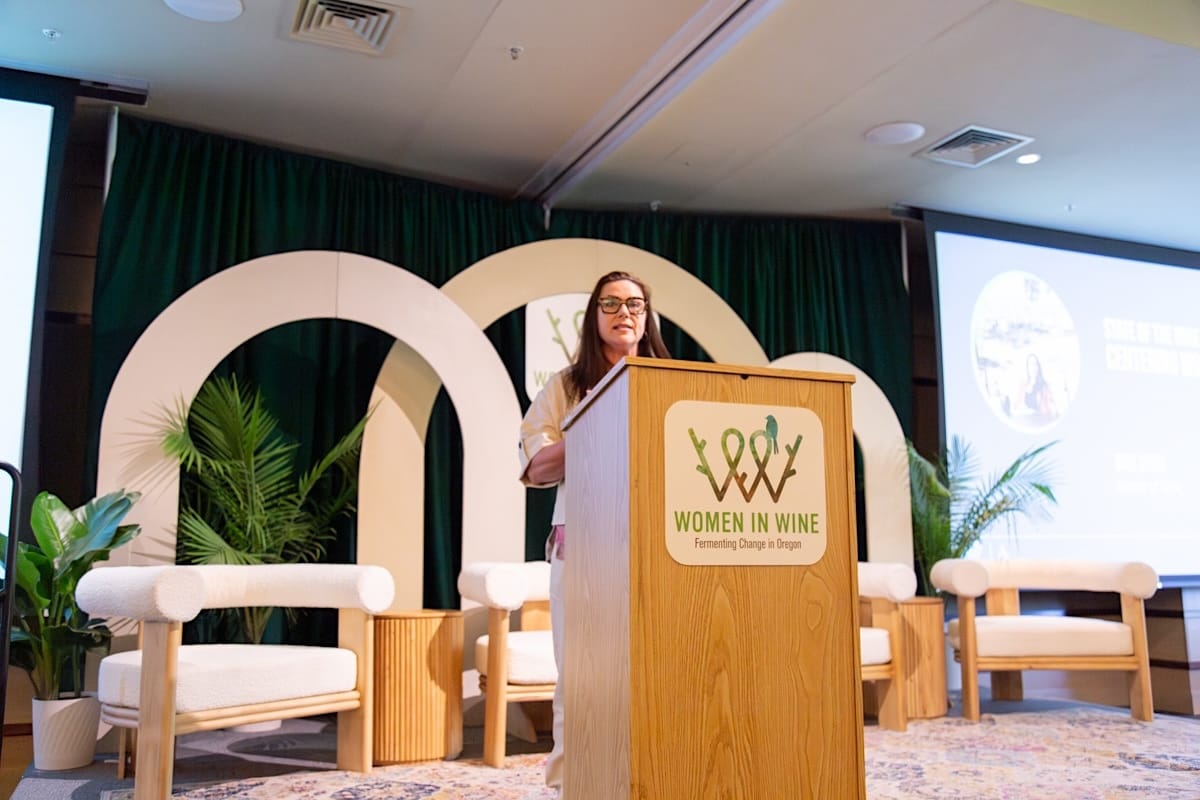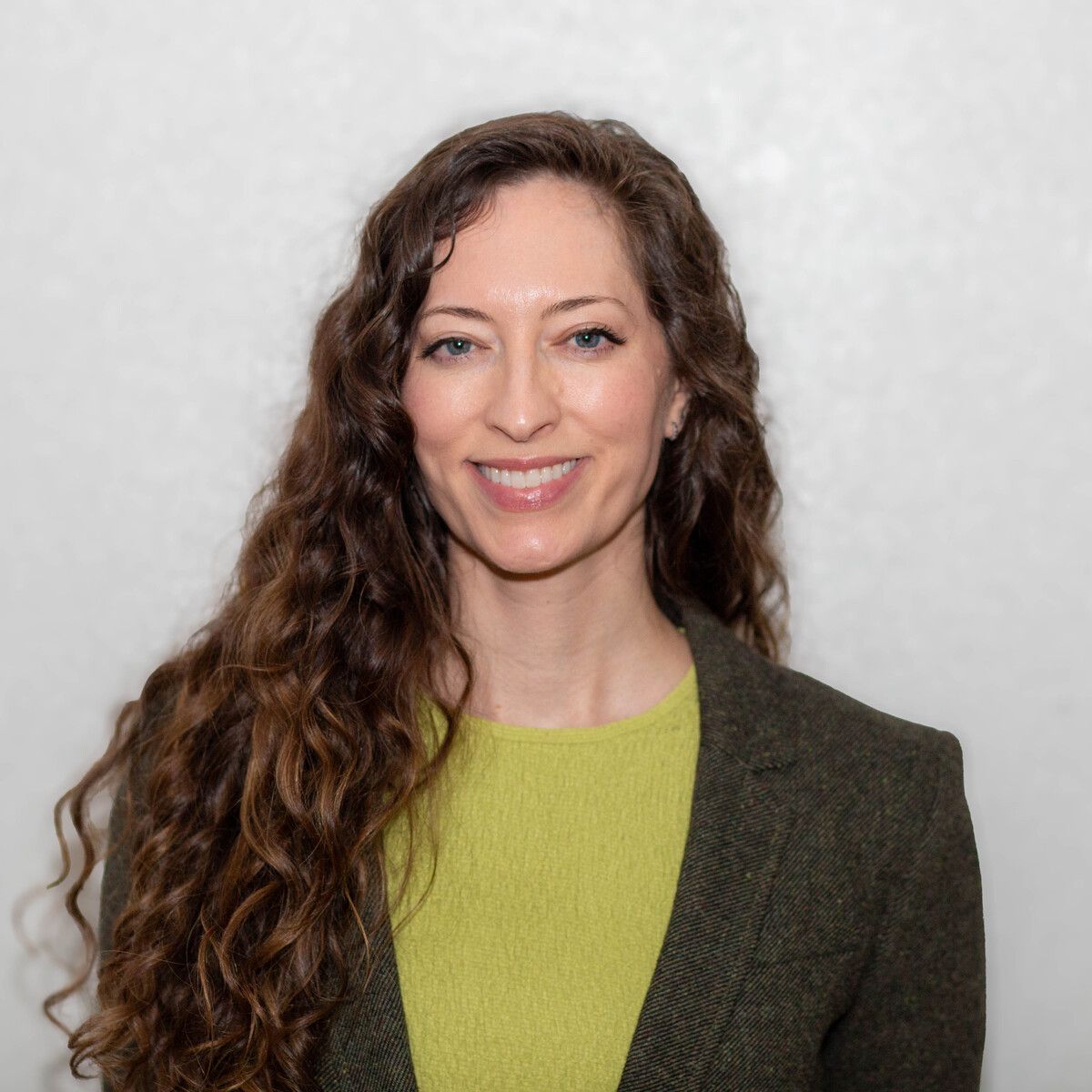While regions like Bordeaux, Tuscany, and the Loire Valley have been bottling great wines for thousands of years — cultivating a multi-billion-dollar global industry along the way — Oregon’s ascension to the upper echelons of fine winemaking took mere decades. The state is now uncorking a future ripe with possibility, weaving a spirit of innovation into winemaking through environmental sustainability and unique techniques. It’s also leading the charge toward gender equity in winemaking.
Men have historically dominated leadership roles within the wine industry, representing the majority of winemakers, sommeliers, and executive positions, but demand has long been driven by female consumers. Women’s interest in wine spiked in 1962 when First Lady Jacqueline Kennedy hosted a televised tour of the White House that featured a grand dining table complete with crystal wine glasses. Marketing in the late 1960s and 1970s portrayed table wine as a mark of refined taste, helping boost the popularity of California’s exports beyond the realm of dessert and fortified wines.
While beer remains the most popular alcoholic beverage in the U.S. (and world) today, the growth of wine consumption has outpaced it over the last four decades, rising from 163 million gallons in 1960 to 913 million in 2015 — and women are drinking most of it. The 2021 Wine Market Council Benchmark Segmentation Survey found 59% of U.S. wine consumers were female. Still, women lag behind men when it comes to holding decision-making positions within the wine industry.

Bree Stock, the first and only female master of wine in the PNW, gave a speech at the 2025 Women in Wine Oregon Conference. Photo by Cambrie Juarez
Just 4% of wineries around the world are owned by women, according to Bree Stock, the first and only female master of wine in the Pacific Northwest. “Systemic financial barriers to funding for women are amplifying these disparities. Female founders face harsher lending conditions,” Stock said at the seventh-annual Women in Wine Oregon Conference, which took place last month at The Allison Inn & Spa in Newberg.
PitchBook NVCA Venture Monitor reported that in the first quarter of 2022, mixed-gender founding startup teams received 15.6% of venture capital dollars (down from 17.1% in 2021) and all-female-founded teams received 2% of venture capital (down from 2.2% in 2021). The figures were even lower for women of color. “Studies repeatedly highlight that women tend to underestimate their professional worth, often accepting lower initial salaries and are less likely to negotiate aggressively for raises and promotions,” Stock said. “This tendency stems from social conditioning which frequently penalizes women who assertively negotiate, labeling them as difficult, overly aggressive, or ambitious, as if that were a negative.”
Women currently hold over 30% of executive winemaker roles in Oregon, up from 17% in 2017, according to Stock. But stark salary disparities persist within the industry. A 2022 survey carried out by a Linfield University professor revealed female executive winemakers made 13% less than men, while female national sales directors made 34% less. A man serving as president or general manager at an Oregon winery made 27% more than their female counterparts. Among tasting room managers, the pay gap between genders narrowed to within 2% in 2019, but widened to 9% three years later.
“Oregon performs better from a participation perspective globally where women hold just 25% of executive wine positions. In other regions, just 15% of executive winemakers are women, so we are double that. That really should be celebrated,” said Stock. But she added that financial barriers holding women back from winery ownership are hobbling Oregon’s vast potential for innovation within the industry.
Nevertheless, gender equity within the wine industry is improving. Women and men are entering professional wine programs at an equal rate, with both Kedge Business School and the University of California, Davis, reporting 50% female enrollment in enology and viticulture. Stock said she’s also encouraged by a global increase in female representation across elite professional expertise ratings, with women accounting for nearly half of all new masters of wine in recent years. Many leading industry groups on the West Coast, including the California-based Wine Institute and Washington Wine Commission, are also currently headed by women directors. “This is a rarity when you look at European regions and countries that are all helmed by men, underscoring the progressive and pivotal role that our regions can play in a global wine conversation,” said Stock.
